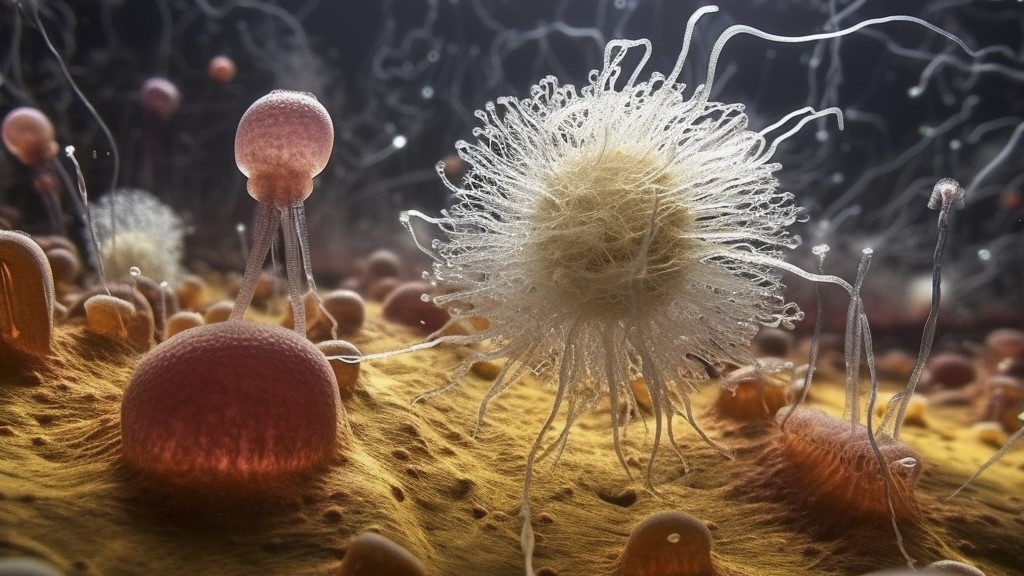
Steroids discovered in 1.6 billion-year-old rock may help scientists solve a long-standing mystery about the evolution of single-celled life.
These compounds are produced by eukaryotic organisms, which are defined by having cells with nuclei and interior organelles bound by membranes. Modern eukaryotes include plants, fungi and animals. In contrast, prokaryotes — bacteria and archaea — lack these features. Based on molecular data, researchers know that single-celled eukaryotes first evolved at least 2 billion years ago, but there is very little fossil record of their earliest days.
Particularly perplexing is that the steroids the eukaryotes produce as part of their membranes don't show up in the fossil record until about 800 million years ago. The last common ancestor of modern eukaryotes, including today's humans, lived some 1.2 billion years ago and must have produced these steroids, yielding confusion about why they didn't show up in ancient rocks.
Now, researchers have discovered that they were looking for the wrong thing. Instead of searching for modern-looking steroid compounds, they discovered precursors from earlier steps in the microbes' metabolism. The team published their results Wednesday (June 7) in the journal Nature.
"It is like walking past something obvious every day but not 'seeing' it," study first author Jochen Brocks, a professor in the Research School of Earth Sciences at Australian National University, told Live Science. "But once you know what it looks like, you see it suddenly everywhere."
Eukaryotic world
Once the researchers figured out which molecules to look for, they found them all over sedimentary rocks from between 1 billion and 1.6 billion years ago. That changes the picture of what researchers believed about eukaryotes' original abundance, Brocks said.
"We previously thought eukaryotes were either very low in abundance or restricted to marginal environments where we can't find the molecular fossils," he said. "It now seems that more primordial forms could be quite abundant even in open marine habitat."
The compounds were initially found in rocks that formed at the bottom of the ancient ocean, which are now exposed on land in Australia's Northern Territory. When the researchers expanded their hunt to billion-year-old rocks globally, though, they found traces of steroids n ancient waterways from all around the world, including in West Africa, Scandinavia and China.
The oldest samples date back 1.64 billion years; scientists have yet to find older rocks that are preserved well enough for analysis. There is also a gap in the record from between 1 billion and 800 million years ago, Brocks said, because few marine rocks from that time period still exist. That period is right at the cusp of modern eukaryotes' emergence, though, he said, so it's important to fill in those gaps.
Evolutionary innovation
The new study is a "significant step" forward in filling in the missing data around early eukaryotes, said Laura Katz, a biologist at Smith College who studies eukaryote evolution but was not involved in the new study.
"This paper is helping us understand these early eukaryotes and what early eukaryotes might have looked like," Katz said.
These organisms evolved in a very different environment than today's, Andrew Roger, a molecular biologist at Dalhousie University in Canada who was not involved in the research, told Live Science. Earth's atmosphere did not contain significant levels of oxygen until 2.4 billion years ago and didn't reach modern oxygen levels until 650 million years ago, Roger said.
Oxygen levels in the atmosphere may have played a role in the timing of eukaryote evolution, given that most eukaryotes use oxygen in their metabolism, he said. It's even possible that newly evolved steroids enabled these early eukaryotes to move into new, oxygen-rich environments, Katz said.







